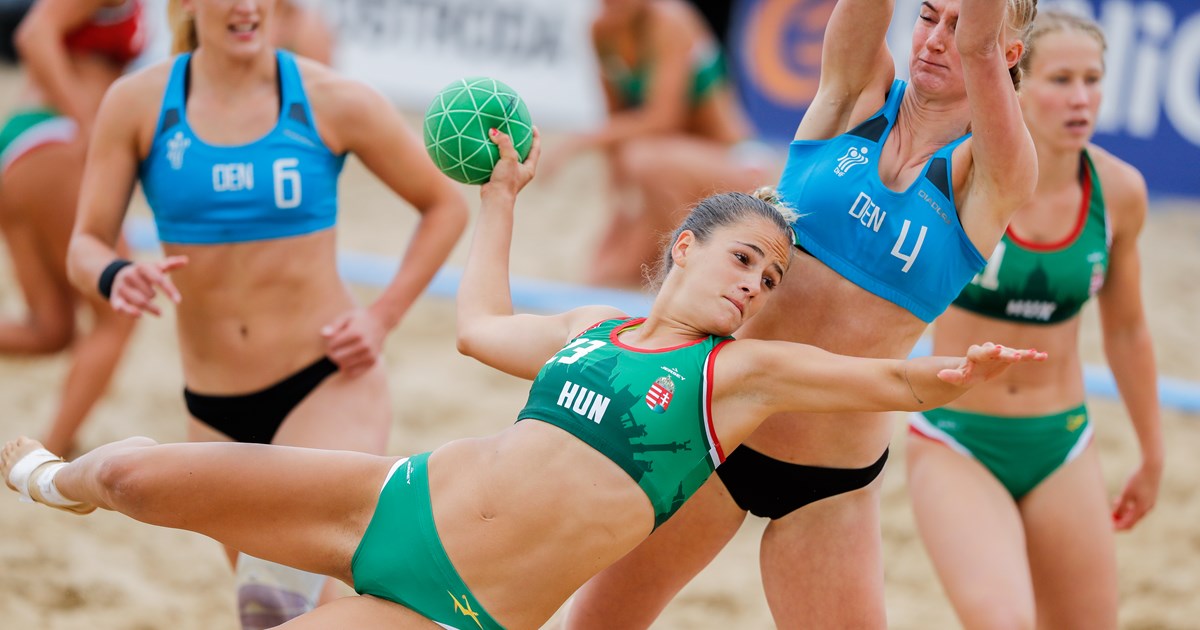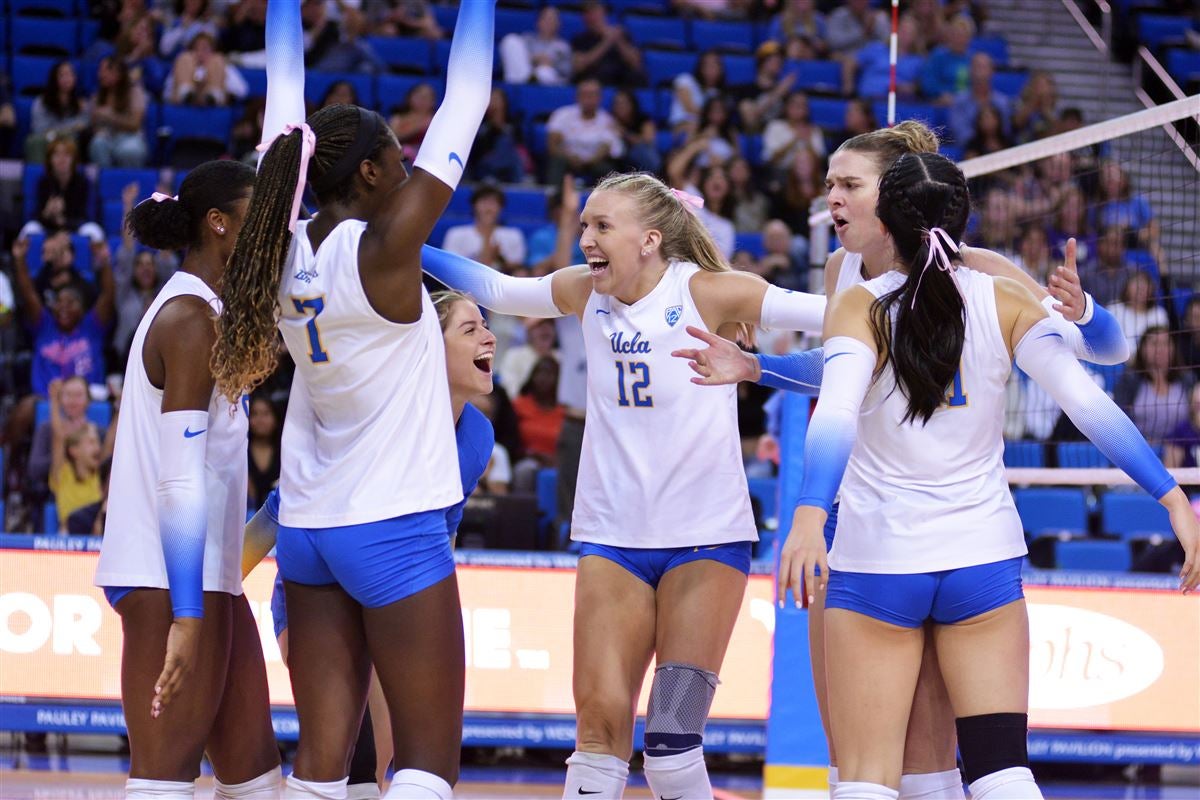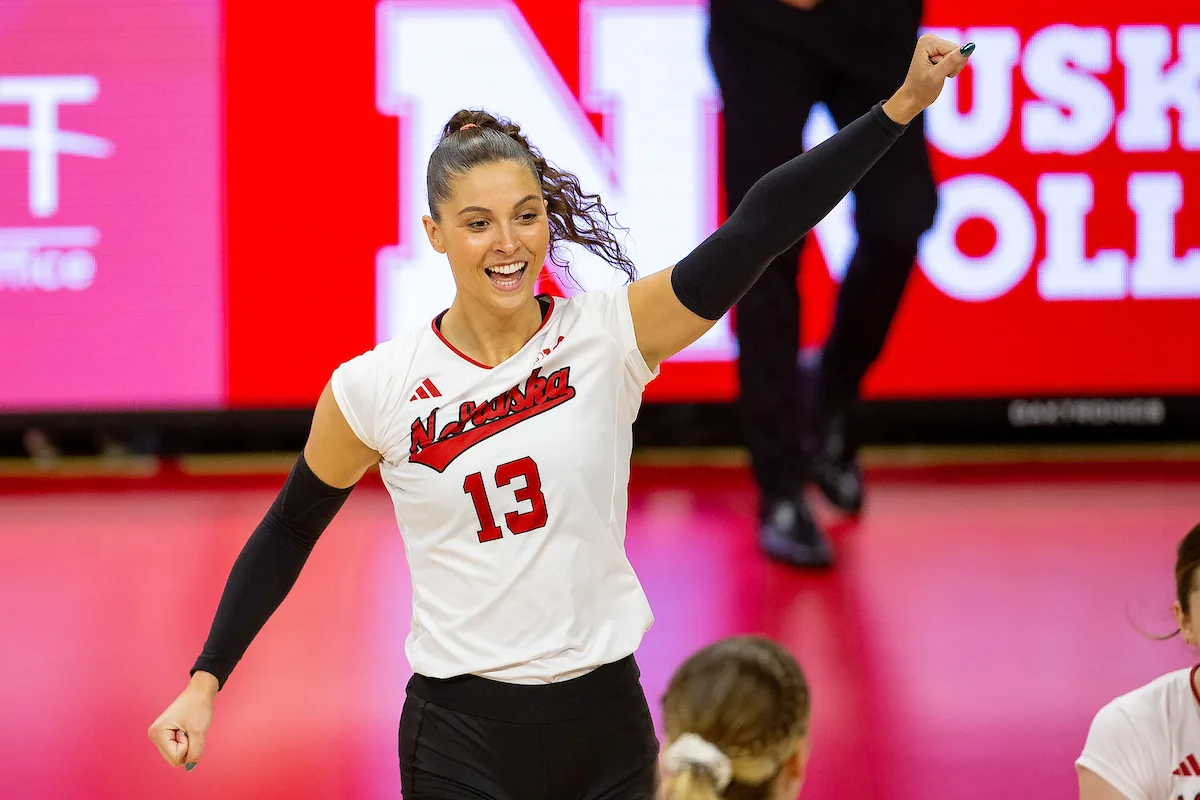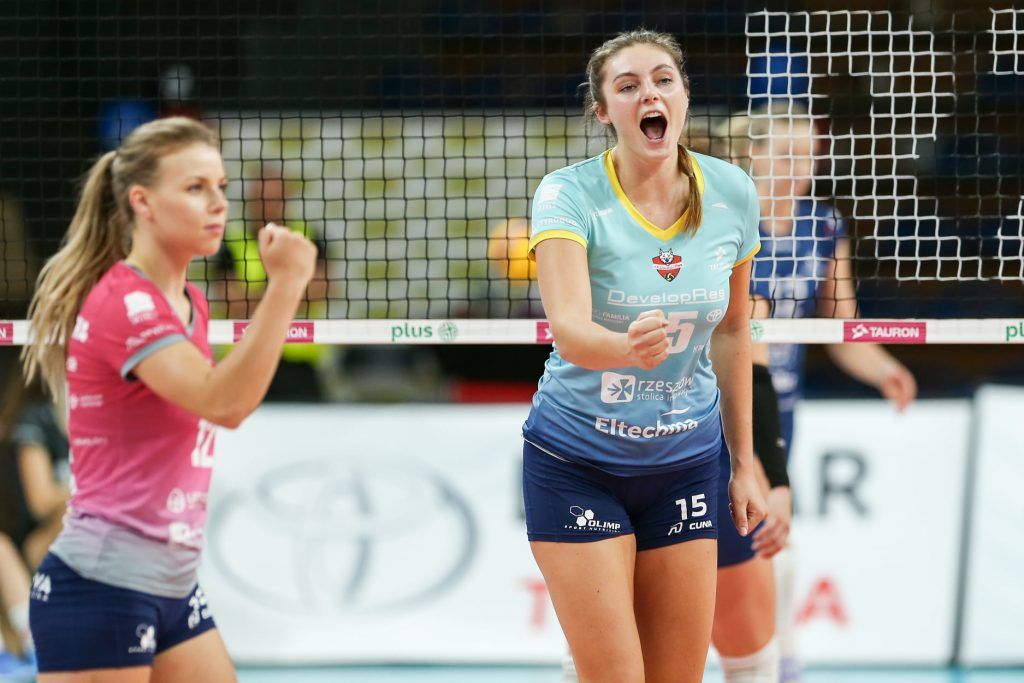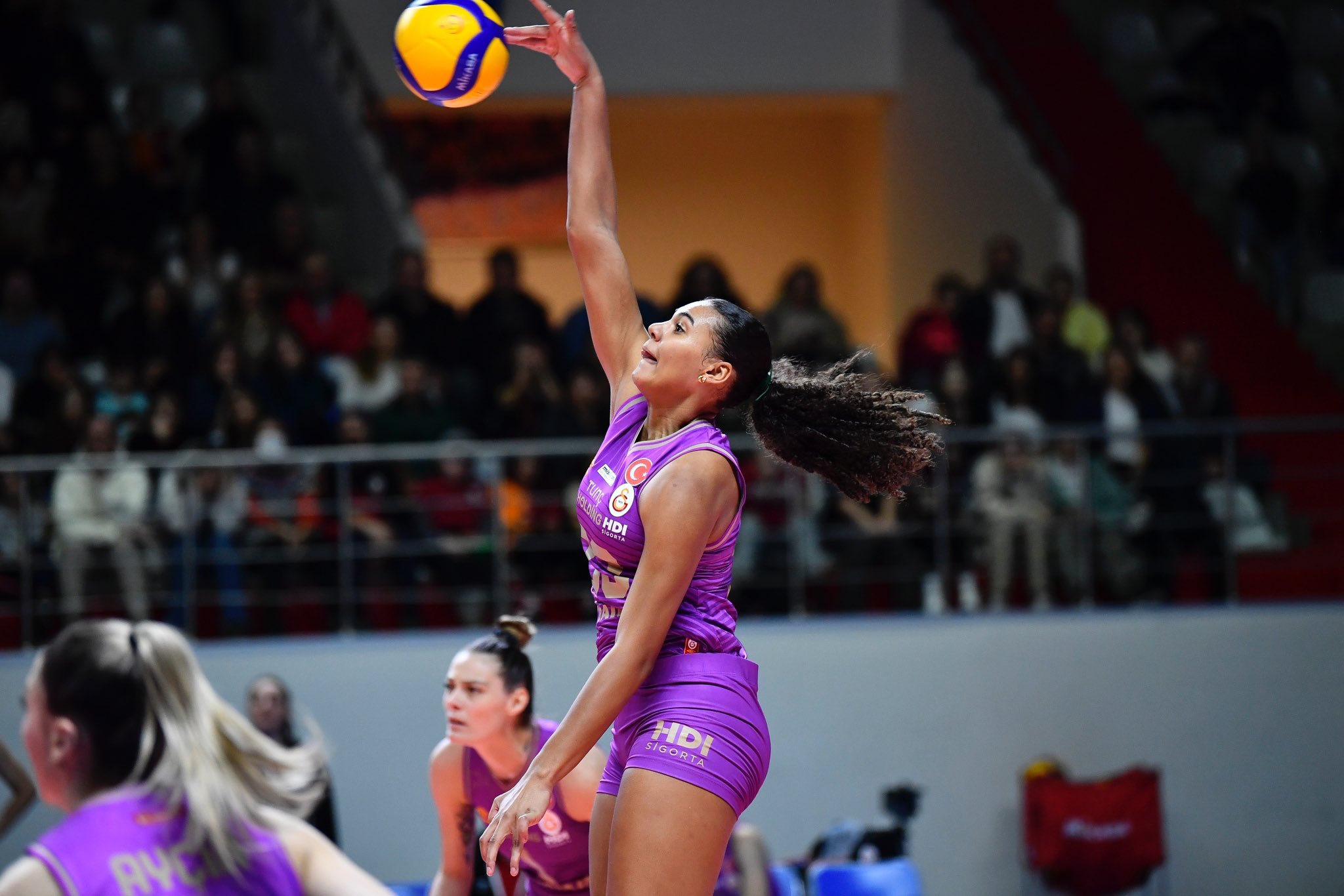Beach handball is an exhilarating sport that combines elements of traditional handball with the added excitement of playing on sandy shores. In this article, we will delve into the world of beach handball, understanding its rules, differences from indoor handball, the number of players, scoring, and essential skills.
What is a Beach Handball Game?

Beach handball is a dynamic team sport played on a sandy court, typically by the beach, which gives the game its name. It is an adaptation of indoor handball, incorporating elements of beach volleyball and soccer.
The primary objective is to score goals by throwing a ball into the opposing team’s net, while players use a combination of teamwork, skill, and strategy to outscore their opponents.
What is the Difference Between Handball and Beach Handball?

While handball and beach handball share some commonalities, they also have notable differences. One key distinction is the playing surface. Handball is typically played indoors on a hard court, while beach handball takes place on the sand, adding an extra layer of excitement and challenge to the game.
The rules and gameplay in beach handball also differ, emphasizing agility, quick decision-making, and flashy skills, making it a unique sport in its own right.
How Many Players are in Beach Handball?

Beach handball is typically played by teams of four players on each side. This smaller team size promotes a fast-paced and action-packed game. Teams consist of three outfield players and one goalkeeper, who plays a pivotal role in both defense and offense.
What is 2 Points in Beach Handball?

In beach handball, players can earn two points for spectacular goals. When a player executes an acrobatic or creative move during a goal attempt, such as a spin shot or a jumping shot, it is worth two points. This encourages players to showcase their skills and add a touch of flair to the game.
What is 1 Rule in Handball?

In indoor handball, one crucial rule is the ‘three-step rule.’ This rule dictates that a player can take only three steps while holding the ball. After the third step, they must either release the ball through passing, shooting, or dribbling, or risk a turnover. The three-step rule adds an element of speed and precision to the game.
What are 2 Basic Skills in Handball?

Two fundamental skills in handball are dribbling and passing. Dribbling involves a player’s ability to move the ball by bouncing it while running, helping them evade defenders and advance toward the goal. Passing, on the other hand, is crucial for teamwork. Accurate and well-timed passes are essential for setting up scoring opportunities and maintaining possession of the ball.
What are the 3 Passes in Handball?

Handball features several types of passes, but three primary passes are commonly used:
Chest Pass: This pass involves using the chest to propel the ball towards a teammate. It’s an accurate and rapid way to transfer the ball over short distances.
Bounce Pass: In a bounce pass, the player bounces the ball on the ground to send it to a teammate. This pass is effective for evading defenders and getting the ball to a teammate in a tight space.
Overhead Pass: The overhead pass is similar to a basketball-style overhead pass. It is ideal for longer passes and reaching teammates in more distant positions on the court.
What are the 3 Main Teaching Points for Handball?

Coaches and players often focus on three main teaching points in handball:
Positioning: Proper positioning is key in both offense and defense. Players need to know where to be on the court to maximize their effectiveness and minimize vulnerabilities.
Teamwork: Handball is a team sport, and effective communication and coordination with teammates are essential. Players must work together to create scoring opportunities and maintain a strong defense.
Decision-Making: Quick decision-making is crucial in handball, as players must adapt to changing situations on the court. Making the right choice in terms of passing, shooting, or defending can be the difference between success and failure.
See also: The 15 Phenomenal Women of Handball
How Many Shots are There in Handball?

In handball, there are various types of shots, but the primary ones include:
Jump Shot: Players leap into the air and release the ball with power and accuracy. It is often used to take advantage of a high release point to beat the goalkeeper.
Spin Shot: This shot adds spin to the ball, making it more unpredictable and challenging for the goalkeeper to save.
Penalty Shot: Awarded to a player when the opposing team commits a severe foul, the penalty shot is taken from a set distance, allowing the shooter to take aim without immediate defensive pressure.

In conclusion, beach handball and indoor handball are exciting sports that share some common roots but have distinct characteristics. Understanding the differences, rules, and key skills in each sport allows fans and players to appreciate the nuances and unique aspects of both disciplines.
Whether you’re playing on the sand or indoors, handball offers fast-paced action and plenty of opportunities for skillful play.
